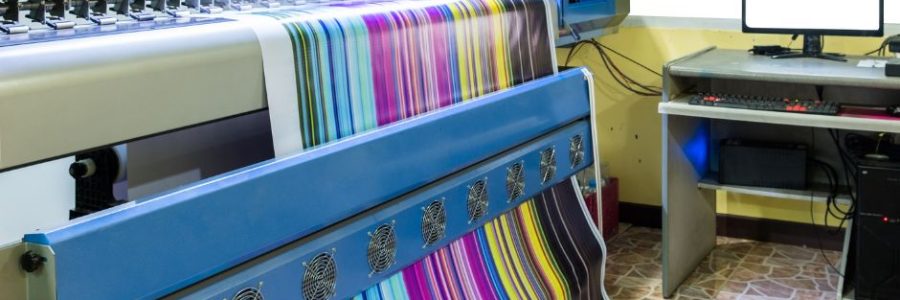
The Difference Between Digital and Lithographic Printers: Understanding Your Options
Sit back and listen or read – the choice is yours. The content is the same.
As a business owner or individual in need of printing services, it’s important to understand the differences between digital and lithographic printing. These two methods may seem similar at first glance, but they have distinct characteristics that can greatly impact the final result of your printed materials.
First, let’s define digital and lithographic printing.
Digital printing is a method where the image is directly transferred onto paper or other materials using digital technology. This means that there is no need for printing plates, making it a faster and more cost-effective option for small print runs. On the other hand, lithographic printing involves creating a printing plate with the desired image and then using that plate to transfer the image onto the printing surface. This method is more suitable for large print runs and offers a higher quality and more consistent result.
One of the key advantages of digital printing is its flexibility. With digital printers, you have the ability to print on a wide range of materials, including paper, cardstock, vinyl, and even fabric. This makes it a popular choice for printing marketing materials such as flyers, brochures, and business cards. Digital printing also allows for quick turnaround times, making it ideal for last-minute printing needs.
On the other hand, lithographic printing offers a higher quality and more consistent result, especially when it comes to colour accuracy. This method uses a four-colour process (cyan, magenta, yellow, and black) to create a wide range of colours, making it the preferred choice for printing high-quality images and photographs. Additionally, lithographic printing can handle a larger print run without compromising on quality. This makes it a popular choice for printing items such as books, magazines, and catalogues.
Cost
When it comes to cost, digital printing is the more affordable option for small print runs. This is because there is no need for printing plates, which can be a significant expense for lithographic printing. However, as the print run increases, the cost per unit for lithographic printing becomes more economical. This is due to the fact that the printing plates can be used repeatedly, resulting in a lower cost per unit.
Turnaround Time
Another important factor to consider is the turnaround time. As mentioned earlier, digital printing offers a quicker turnaround time, making it ideal for urgent printing needs. On the other hand, lithographic printing requires more time for setup and preparation, resulting in a longer turnaround time. However, this method allows for more precise colour matching and adjustments, which can be crucial for certain print projects.
Sustainability
In terms of sustainability, digital printing is the more eco-friendly option. This is because it produces less waste compared to lithographic printing, where printing plates and chemicals are used and discarded after each print run. Additionally, digital printing uses toner or ink, which can be easily recycled, while lithographic printing uses oil-based inks that are not as environmentally friendly.
In a nutshell…
Both digital and lithographic printing have their own unique advantages and disadvantages. When deciding which method to use, it’s important to consider factors such as the type of materials being printed, the print run size, turnaround time, and budget. As a printing expert in the UK, I recommend consulting with a professional printer to determine the best option for your specific printing needs. With this knowledge, you can make an informed decision and achieve the best results for your printed materials.
